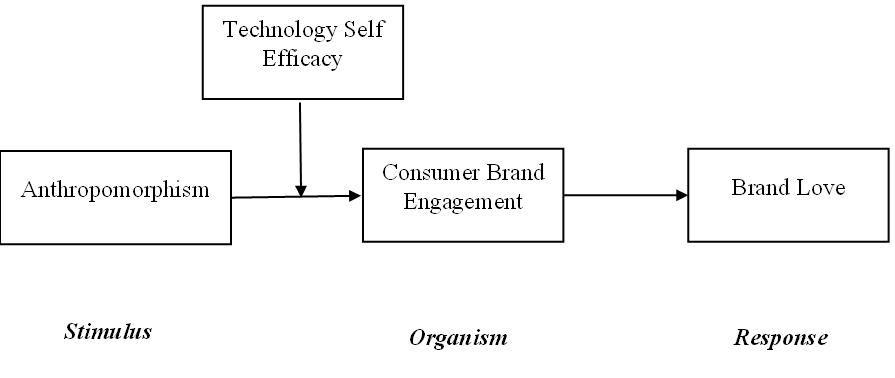From Anthropomorphism to Brand Love: A Study on S-O-R Framework Perspective in E-Retailing
DOI:
https://doi.org/10.62019/02n4xc56Abstract
The rapid growth of e-retailing has intensified the challenge of fostering stronger emotional connections with consumers. This study investigates how consumers develop a passion for e-retail brands by exploring the role of anthropomorphism in shaping brand love. Specifically, we explore how anthropomorphic cues on e-retail platforms influence brand love through consumer brand engagement, while considering the moderating effect of consumers’ technology self-efficacy. Under the light of the Stimulus-Organism-Response (S-O-R) framework, we employed purposive non-random sampling, and structural equation modeling helped to analyze the research findings. The findings show that brand anthropomorphism has a significantly positive effect on brand love. Furthermore, consumer brand engagement partially mediates the relationship between anthropomorphism and brand love, while technology self-efficacy significantly strengthens the link between anthropomorphism and consumer brand engagement. These findings extend existing literature by applying the S-O-R framework to a novel context, highlighting how boundary conditions shape consumer responses. The study also provides practical implications for marketing managers, suggesting that humanizing e-retail platforms can enhance consumer engagement and foster more profound emotional attachment, ultimately cultivating a more passionate consumer base.

Downloads
Published
Issue
Section
License
Copyright (c) 2025 asmarafique, Muhammad Amir Rashid, Syed Muhammad Irfan

This work is licensed under a Creative Commons Attribution-NonCommercial-NoDerivatives 4.0 International License.






